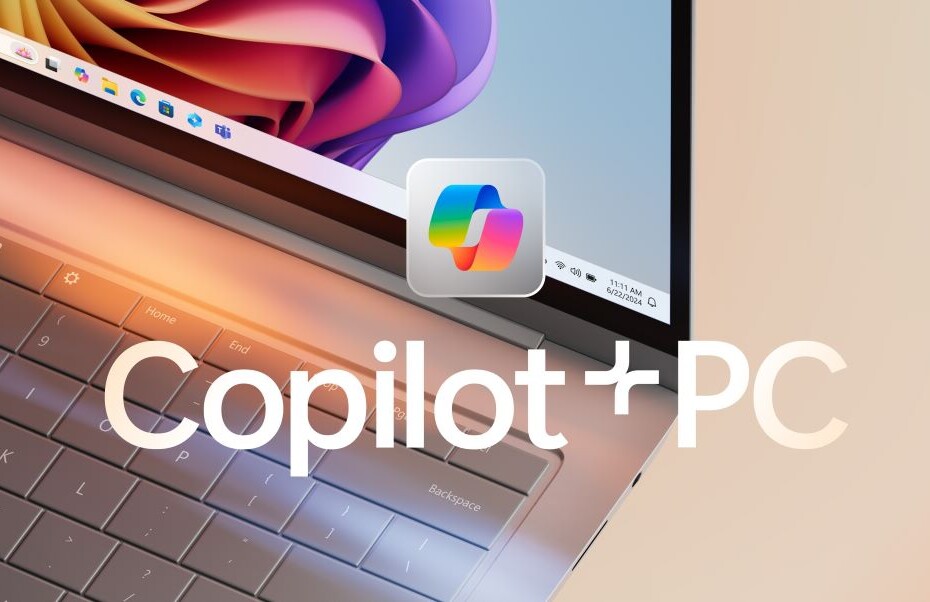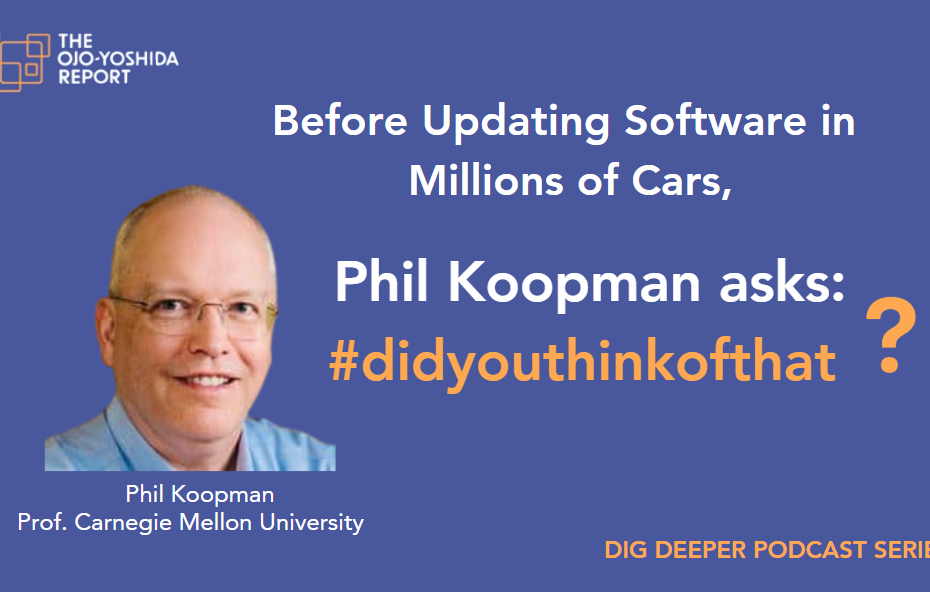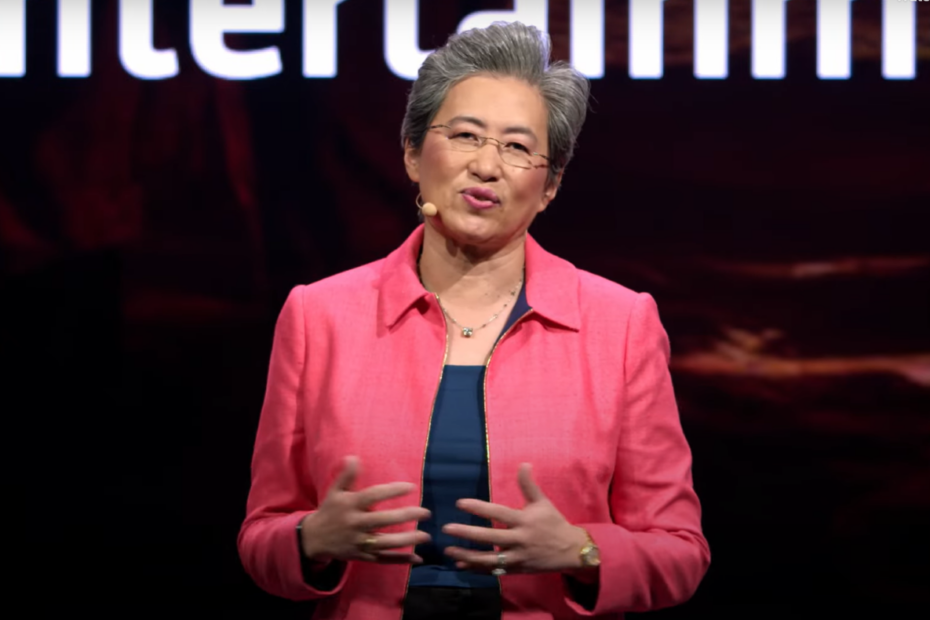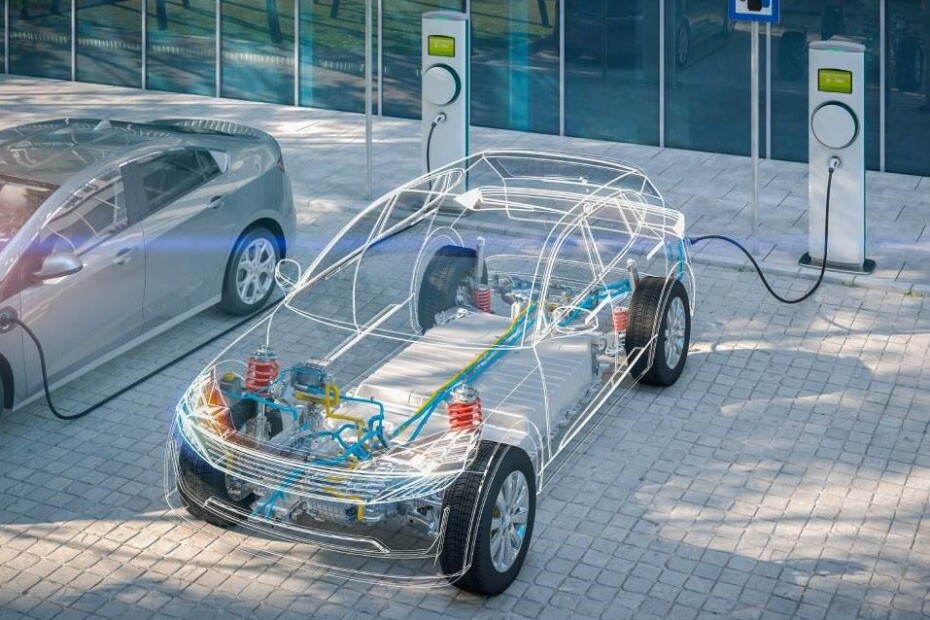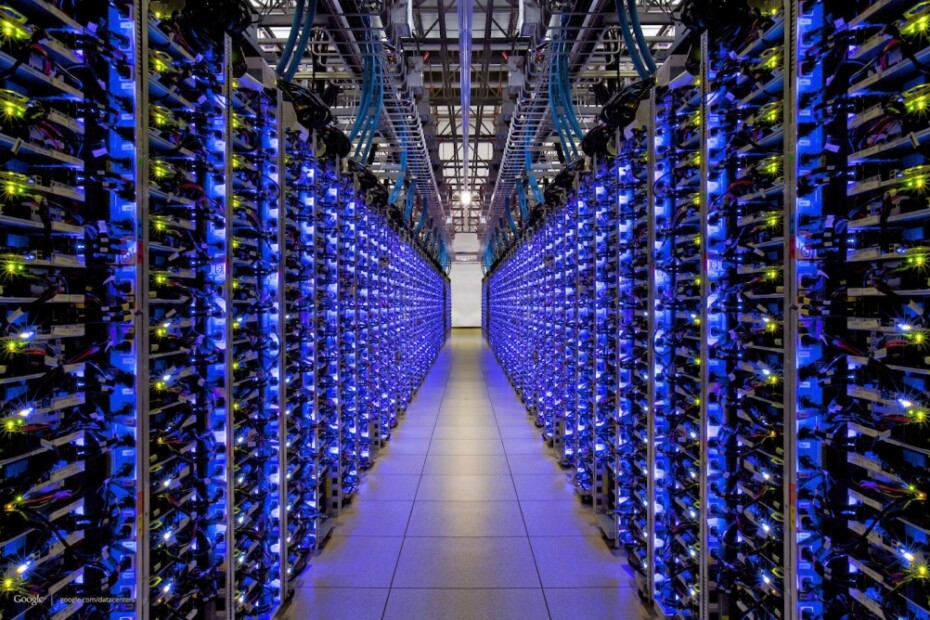Nvidia Overshadows The Chip Industry’s Growth Malaise
By Bolaji Ojo
What’s at stake?
Notwithstanding the excitement about AI, the chip market is in a state of disquiet. Nvidia Corp.’s soaring revenue and valuation conceals the unpleasant reality that growth is either negative or unremarkable for most chipmakers. This raises questions about the strength of the recovery expected for 2024 and 2025.
Nvidia Corp. and its shareholders can be forgiven for seeing only green and lush semiconductor turfs while many of its peers drift through a parched field.
In today’s semiconductor industry, thriving and struggling enterprises exist side by side, their varied experiences masked by the laws of averages. On the AI chips side, demand has overwhelmed supply while the other side is swimming in a glut of inventory.
Seen as a whole, though, the chip market is readying for another year of record sales. But is this another mirage, a regular feature of an industry notorious for its unreliable prognostications?
Read More »Nvidia Overshadows The Chip Industry’s Growth Malaise


